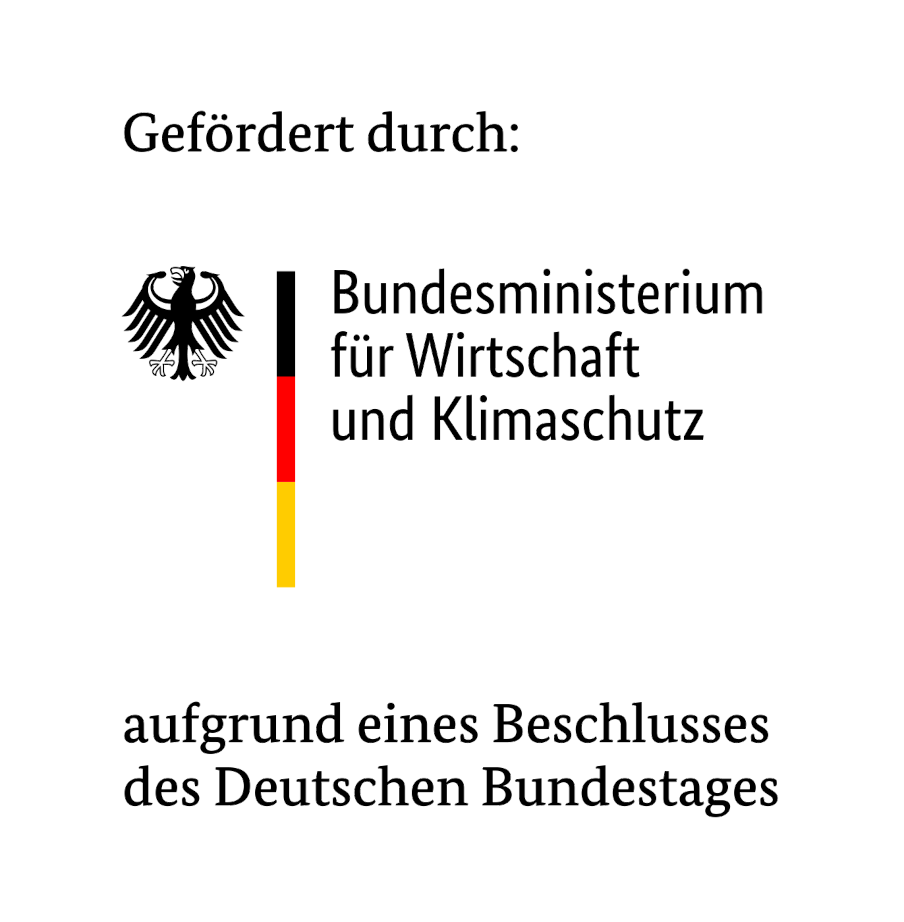Our Technology
Our sensor is based on electron paramagnetic resonance (EPR), a quantum sensing technique that detects unpaired electron spins, commonly associated with free radicals, paramagnetic species and high metal ions.
EPR works by applying a magnetic field to a sample and using microwave radiation, typically in the GHz range,
to induce transitions between spin states of unpaired electrons, a phenomenon
known as the Zeeman effect. The resonance condition is highly specific to the
chemical environment of the spins, making EPR an extremely sensitive and
selective tool for detecting and characterizing paramagnetic
species.
Traditionally, EPR requires bulky, high-cost laboratory setups equipped with superconducting magnets and cavity resonators,
limiting its use to specialized research institutes. Our innovation overcomes this barrier through the EPR-on-a-Chip (EPRoC)
technology combined with miniaturized permanent magnets, enabling compact, portable, and cost-effective sensing.
This breakthrough allows us to offer the first miniaturized EPR sensor that is both affordable and scalable, bringing
quantum sensing capabilities to industries like food, energy, and healthcare for real-time,
on-site analysis of free radicals and other paramagnetic markers.
Benefits of our sensor:
- Benefit 1: 2x times higher accuracy than benchmark instruments.
- Benefit 2: Compact, portable and suitable for online monitoring.
- Benefit 3: Customizable for unexplored scientific applications.







